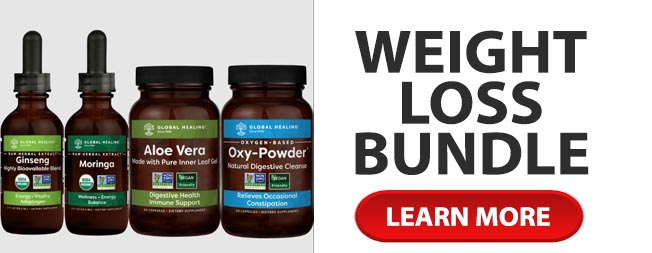Eating healthy is a vital component of slimming down. Dietary fads that focus on eating one type of food (for example carbohydrates) or totally eliminating others (such as fats and sugars) never last because for your body to stay healthy it takes many of these foods, however in moderation.
Five simple tips for healthy eating and slimming down are:
Understanding what to eat
Knowing when to eat
Understanding how much to consume
How to simplify your purchasing
How to correctly prepare your food intake
There is so much information available on what to eat that we occasionally get so confused we quit before we get started. Understanding what to eat isn\’t as difficult as it seems. The key is within the food pyramid. The majority of your diet plan (Six to seven servings) ought to be made up of grains (the bottom of the pyramid). These include wholegrain breads, cereals, rice and pasta. Next are fruits and vegetables which will provide the fibre, vitamins and essential minerals that the body needs. The closer the vegetables and fruit are to their natural state, the more nutritious they will be (processing removes nutrients). Dairy and protein (milk, cheese, meat) are what is necessary for strong bones and muscles. Maximize nutritional impact by selecting lean cuts of meat for your 2 -3 daily servings. The top the pyramid is oils and fats, meaning they should be consumed sparingly. Full of flavor, but low in nutritional value, select unsaturated fats, nuts and vegetable oils.
Knowing when you should eat is one thing we all know, becasue it is something our parents told us, eat when you\’re hungry and stop when you are full. Unfortunately, this really is one of the most difficult items to control. Because of busy schedules and existing bad eating habits a lot of us often eat by the clock, breakfast at 7, lunch at noon, dinner at 6pm, whether we\’re hungry or not. A whole lot worse, is that we often snack constantly (or regularly) between meals, so rather than three balanced meals, we are more likely to eat Five to six unbalanced ones.
Just how much to eat is equally as big an issue as knowing when to eat. Today things are super-sized, value-sized and pretty much over-sized. Two daily servings of meat are not much since an amount is just 2 oz. A typical restaurant steak is at least 8oz, that is twice your everyday requirement. The same goes for virtually all the foods we eat. A serving of salad dressing (from the fat and oil group) is just 1 tbsp, not the more than 1/4 cup we unknowingly pour on in the salad bar. Understanding portion control is essential to maintain a healthy diet.
Simplifying your shopping might seem at odds using the need to eat a wide variety of foods to maintain a well balanced diet but it\’s not. The more ingredients you include in a recipe, the more processed foods and empty calories you add to your diet. By continuing to keep recipes simple, not only will meals taste better, but they will also be filled with all of the nutrients your body needs, provided you do not cook it out of them.
In addition to choosing healthy food, how you cook them will determine just how much nutritional value you end up, which is why it is also important to know how to properly prepare the foods you consume. Although raw carrots are the most nutritious, does it matter should you boil or steam them before serving as a side dish? Boiling removes all of the carrots essential vitamins, which end up discarded using the water, while steaming maintains their color, texture and nutritional value. So how you ready your meals are just like essential as what you\’re preparing.
If you bear in mind these five simple tips, you\’ll be on your way to eating healthier and losing weight.

